This is the lens I’ve been waiting for on the GFX system. With this one lens, Fujifilm has solved so many of the shortcomings of the medium format system. The Fujinon GF80 F.17 (GF80) has a wide/fast aperture of F1.7 (fastest medium format lens on the market), it’s relatively light and compact, and it produces some of the most luscious, creamy bokeh that I’ve ever seen. It takes all of that, and delivers it with a focal length that’s so versatile and usable in so many different circumstances.
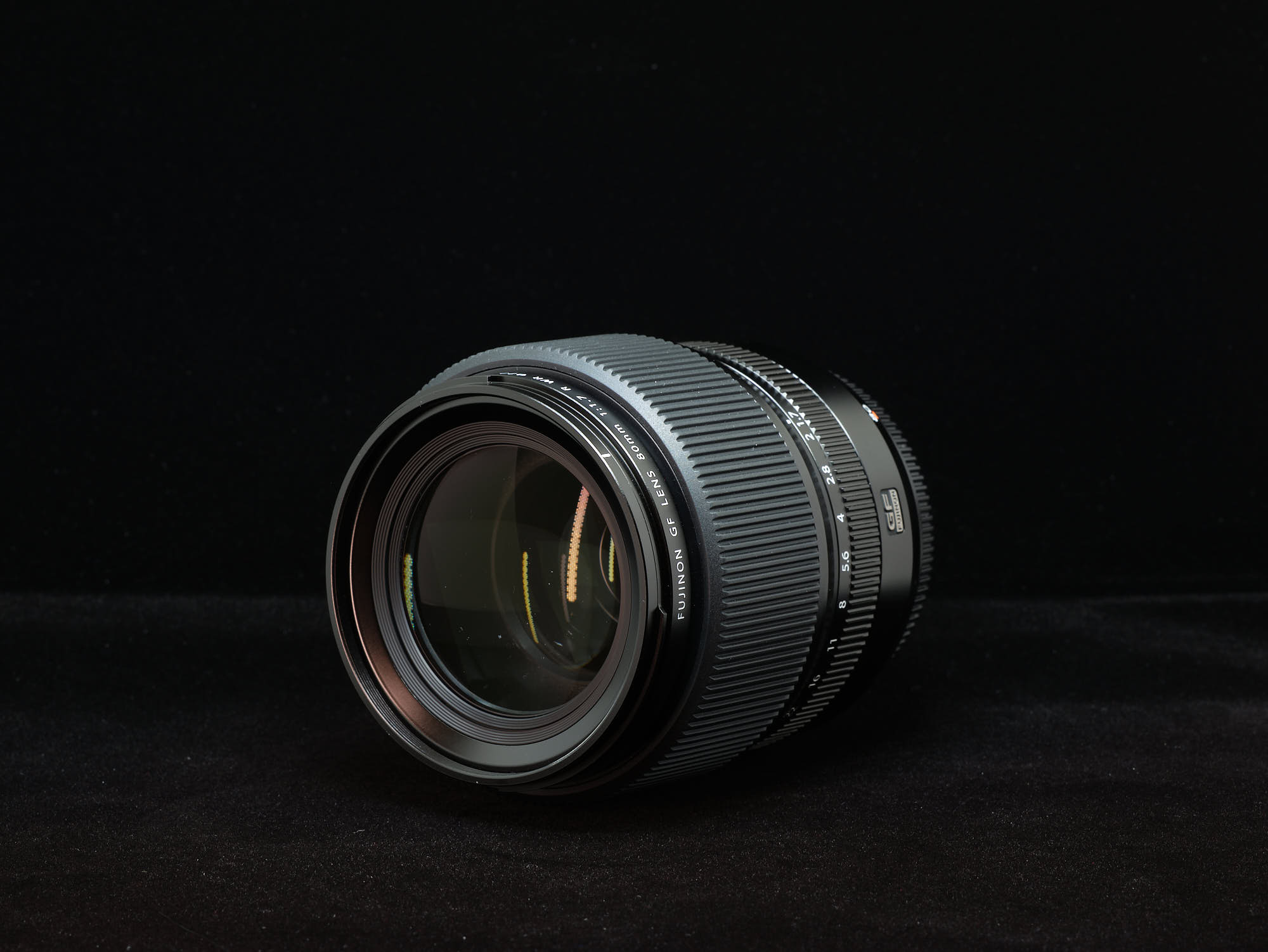
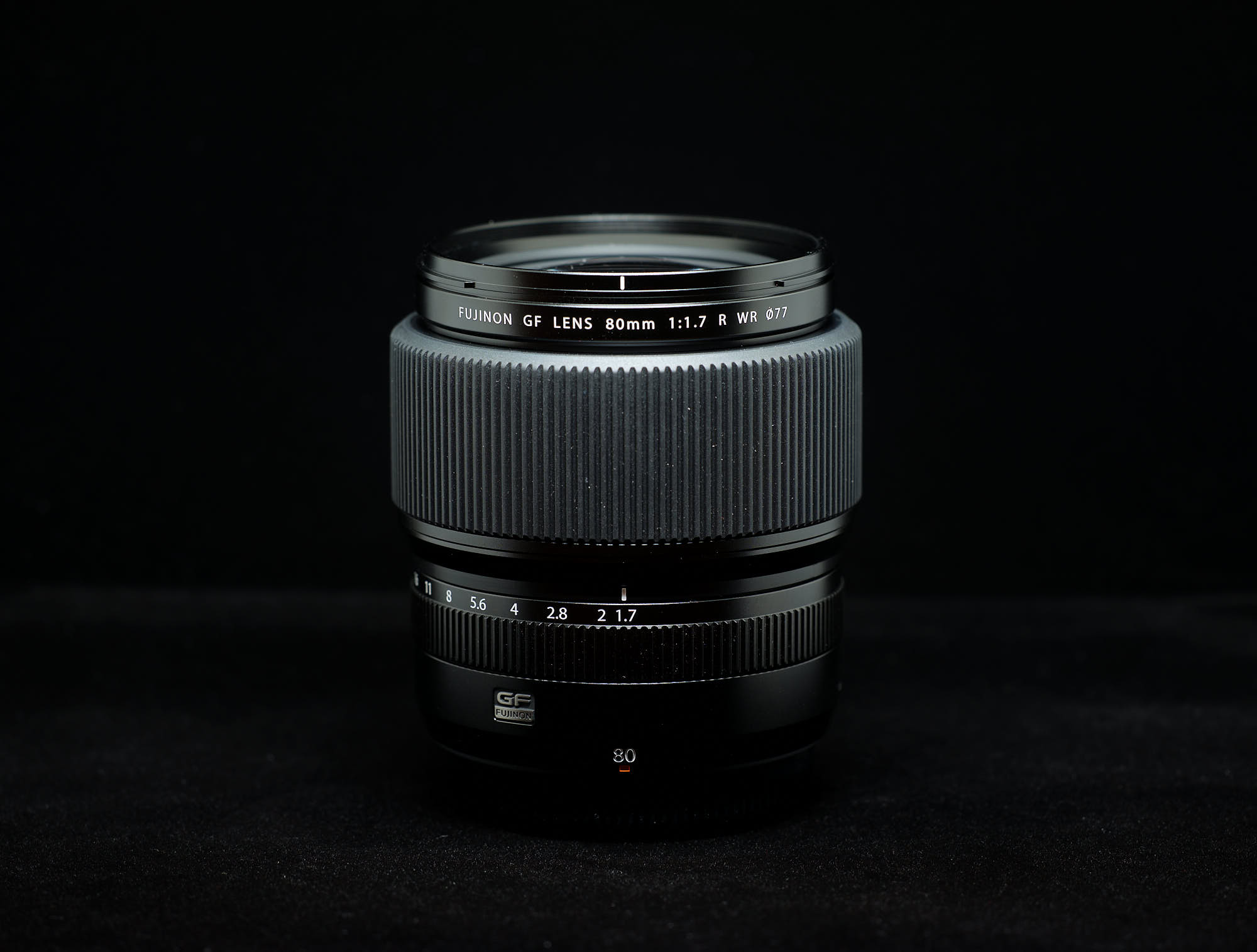
This review is written from the perspective of a travel photography enthusiast. I’m not a portrait photographer, but I did try to take images of friends while testing the lens, given that it’s marketed as the “perfect portrait lens” that can capture the environment around the person.
Before I share my thoughts, the usual disclaimer. This lens was purchased at full retail price from Fujifilm China (actually I feel very fortunate to have been able to get one on launch day!), and I receive no compensation or benefits in writing this review; furthermore, nobody approves or reads this review before it’s published. All opinions expressed here are mine and mine alone.
Build Quality
Like all Fujinon GF lenses, the build quality is superb and feels like it will last a lifetime. There is the usual weather-sealing and hybrid metal/rubber construction to keep the lens solid, while keeping it as light as possible. I’m a broken record in saying this, but the GF lenses are universally well designed and built, so there’s not much new to add here. However, I will say that my GF80’s aperture ring isn’t as “clicky” as my other GF lenses. I wish the detents were more positive and the ring had more tension between detents. Other then that minor quibble, the lens is perfectly built.
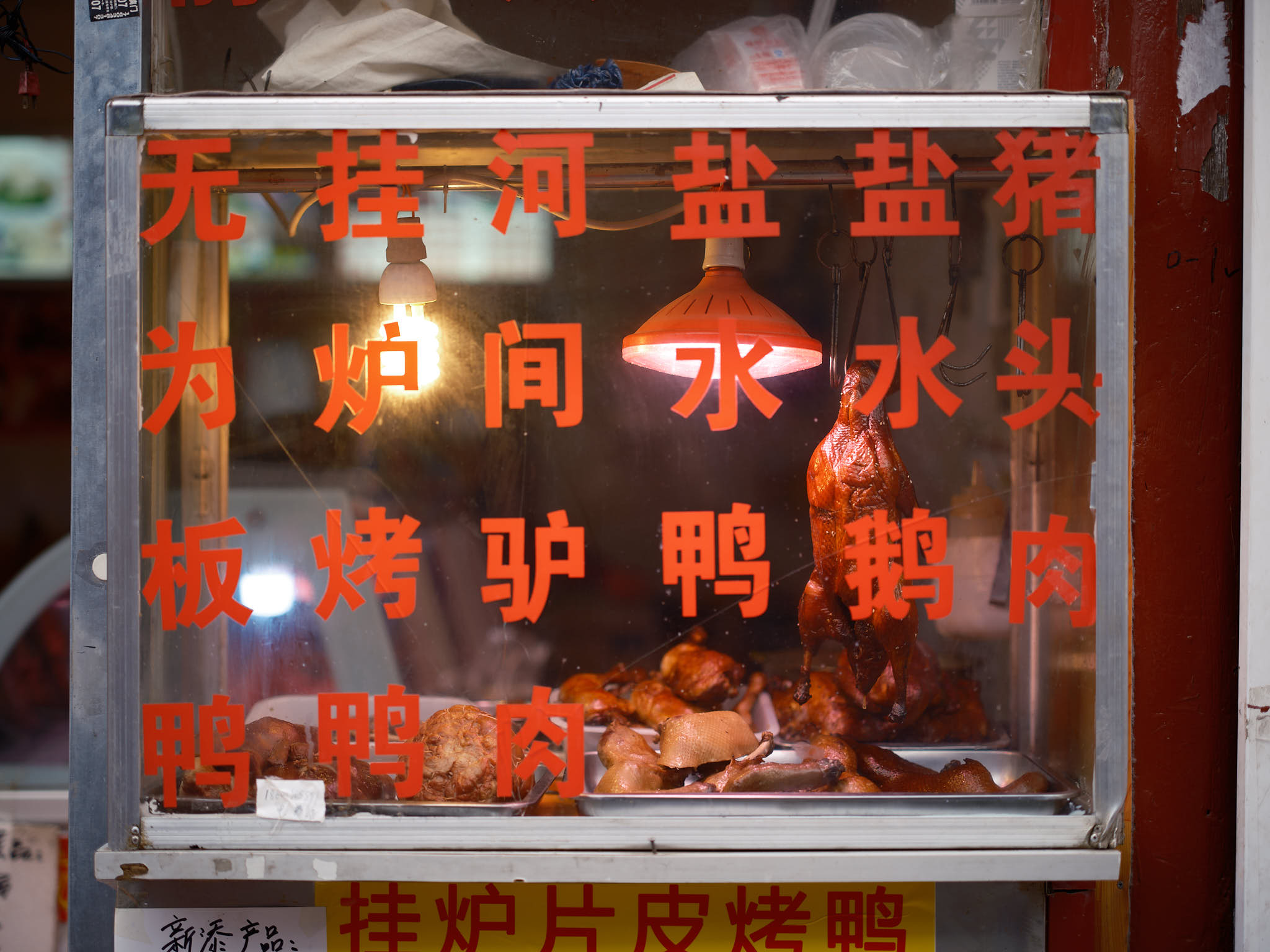
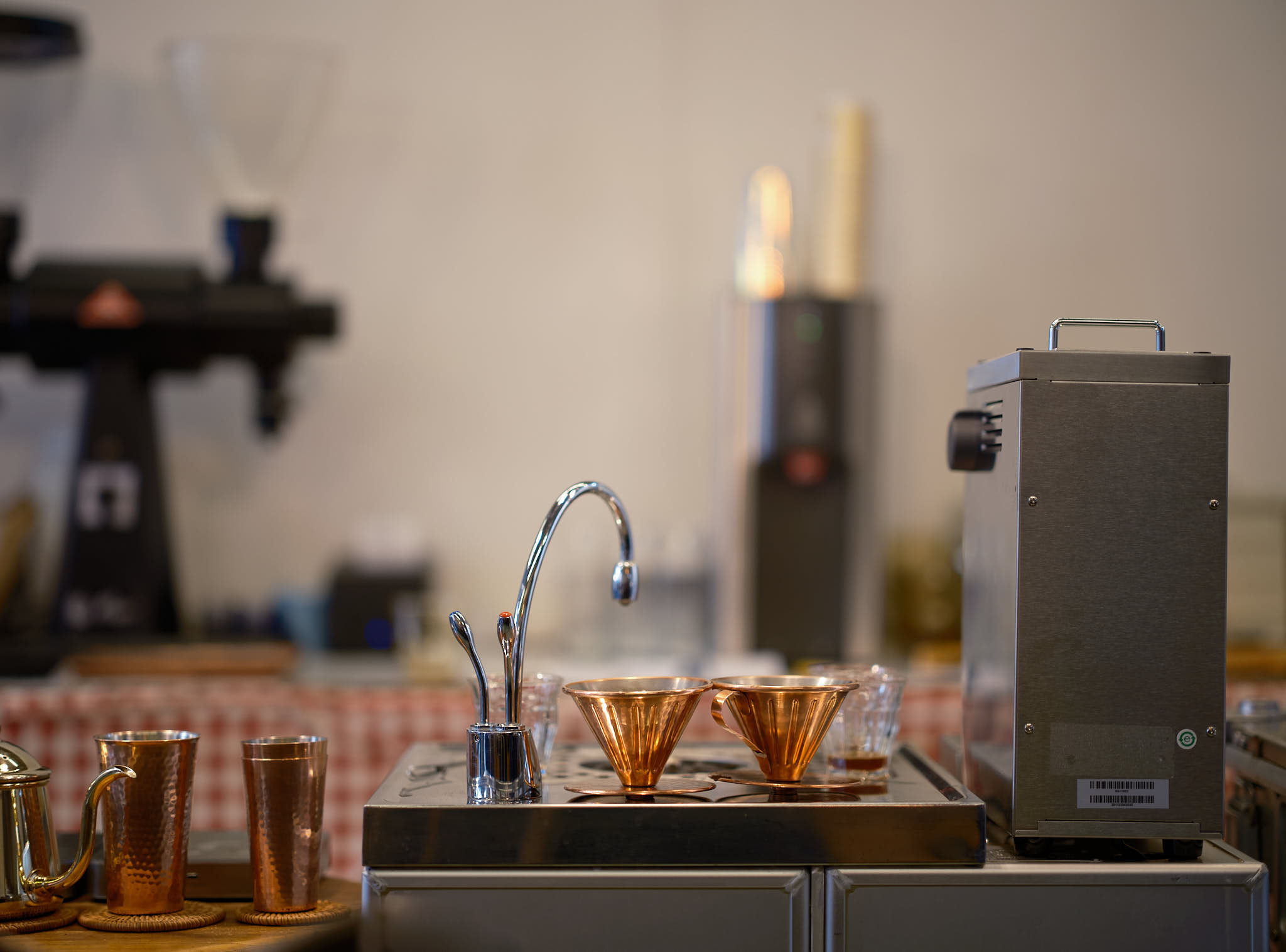
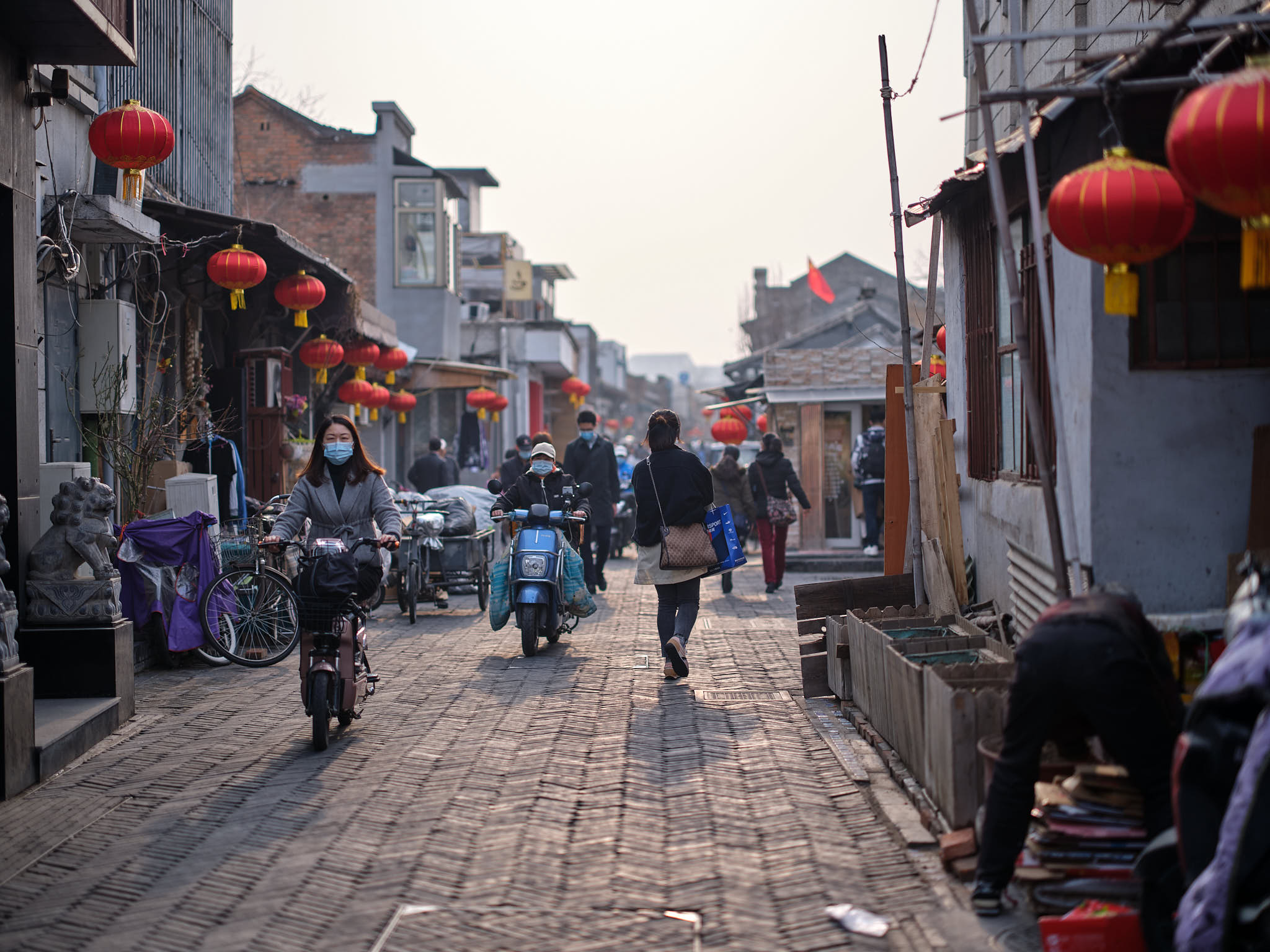
Size & Weight
This is where the GF80 really shines. Anyone using the GFX system knows that the GF110 is THE lens to own in the system; that lens alone makes the GFX system. If I were a full frame shooter, I’d buy a second-hand GFX50R and GF110 just to have that incredible lens in my arsenal. However, the GF110 is big, heavy and not something that I enjoy taking around with me when I travel. In fact, I’ve only taken the GF110 on a handful of trips including the one to Mumbai when my brother opened an English school in my elderly father’s name. I wanted to capture every moment of this once-in-a-lifetime opportunity.
It makes the lens very suitable for travel photography and unimposing in typically discrete places like bars and restaurants.
The GF80 weighs only 795g (vs 1kg for the GF110) and is only 99MM long (vs. 125MM for the GF110). The weight is also distributed very well and is a joy to carry around with the excellent grip on the new GFX 100S. It’s only a 26MM shorter, but it’s surprising how much smaller the GF80 feels in real life. It makes the lens very suitable for travel photography and I’ve found it to be unimposing in typically discrete places like bars and restaurants. Street photography is a non-issue with most people thinking it’s an X-series APSC lens rather than a medium format GF lens!

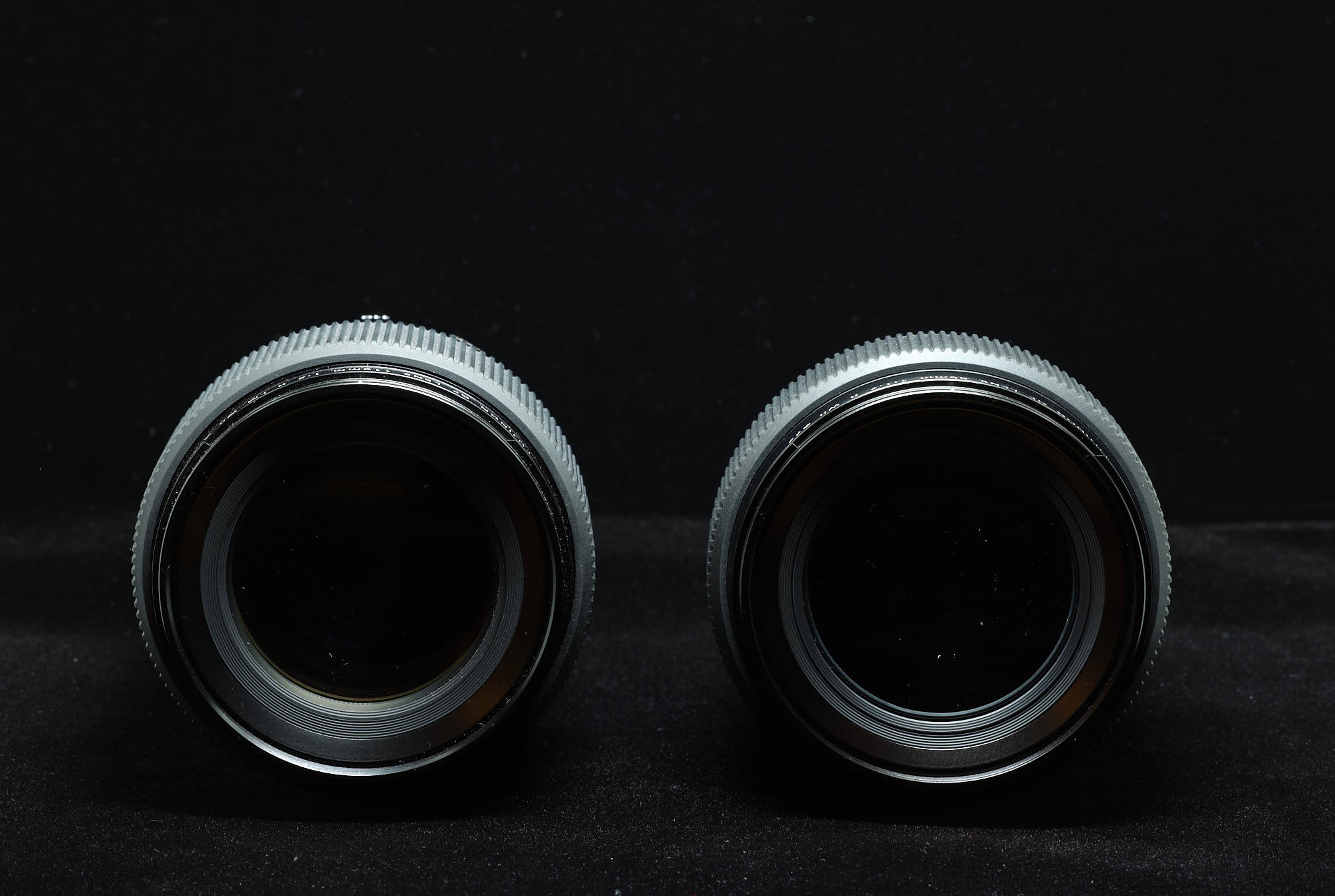
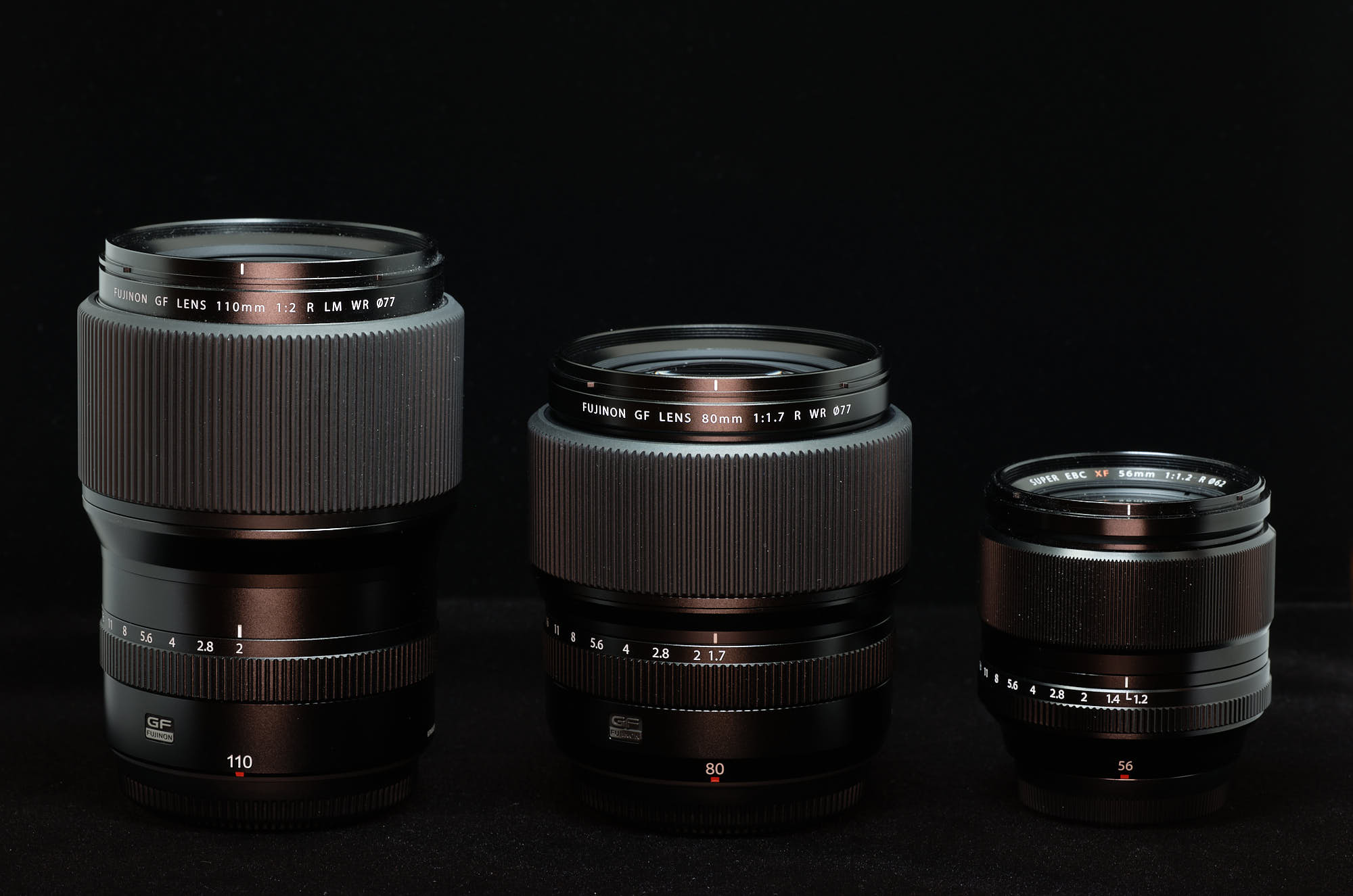
Contrast & Resolution
I’ll let the real life images and the test images speak for themselves. There’s plenty of contrast and resolution, even at its widest aperture at F1.7. The only times where I’ve experienced a lack of contrast is when the image is severely backlit. Before going into commentary on the test images, it should be caveated that this is representative of only one lens each of the GF80, GF110, and GF100-200. Fujinon GF lenses are not known for wide sample variation, however without data from the manufacture, we can’t be sure that your lens will perform exactly the same as mine.
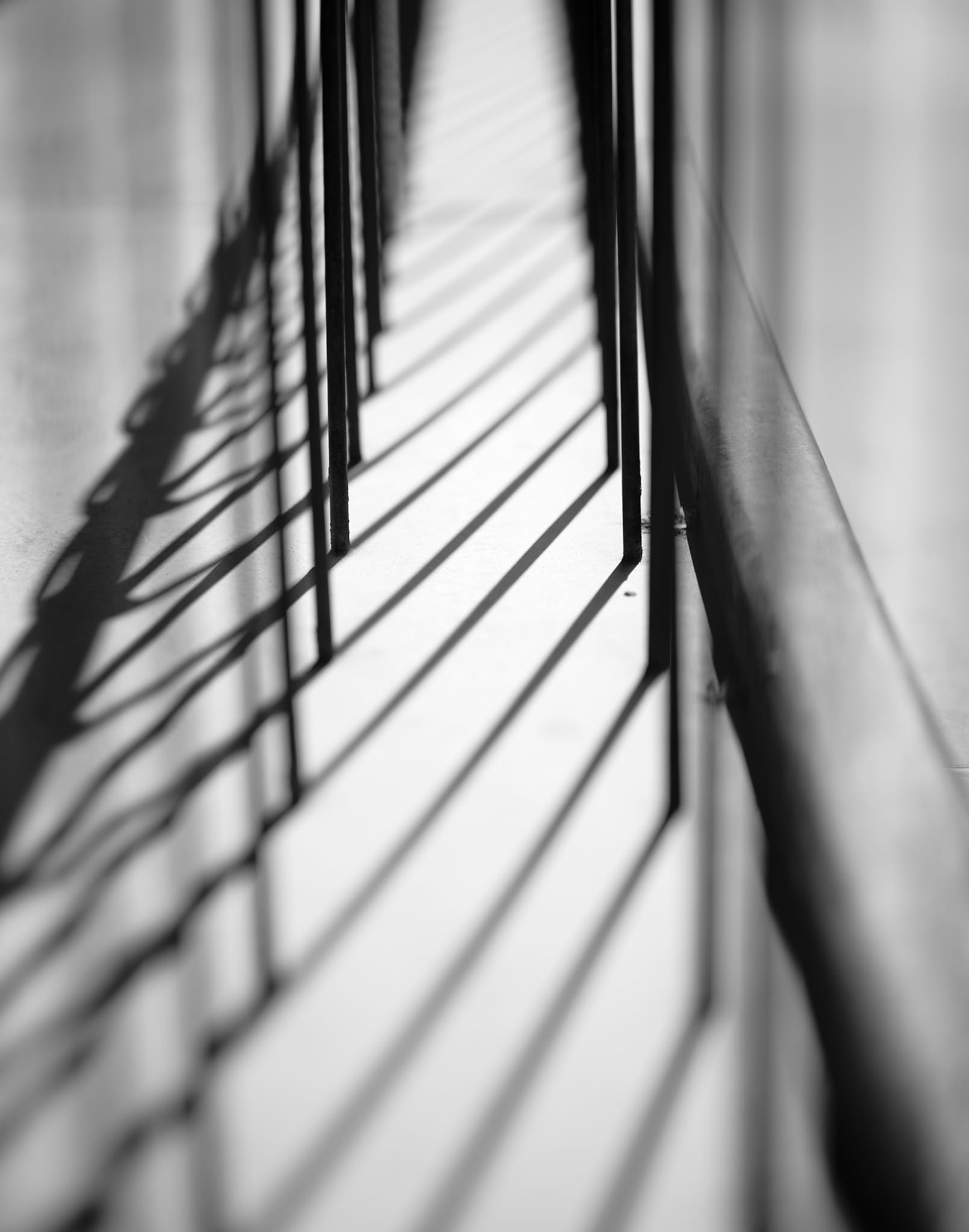
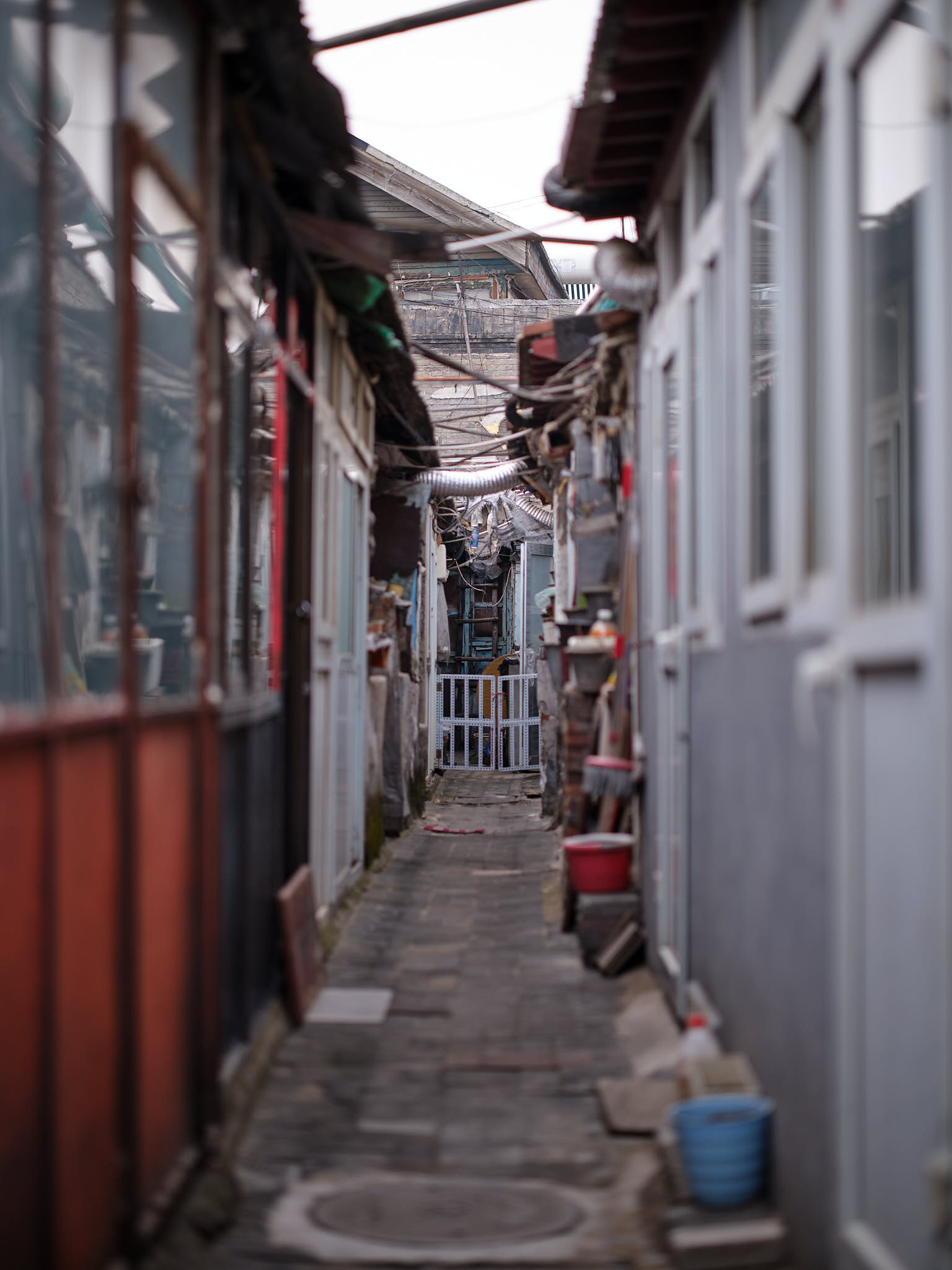
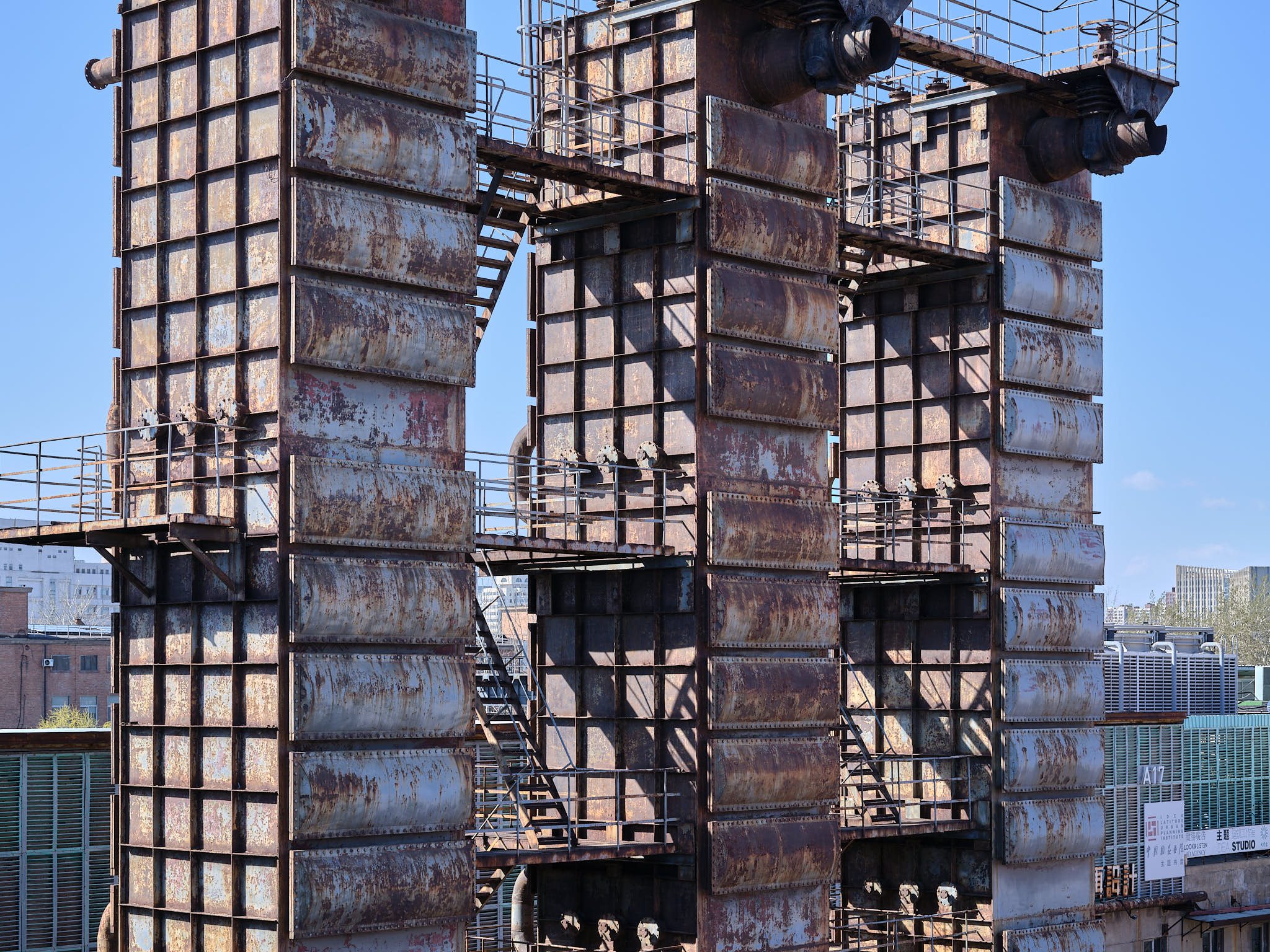
In the centre, it appears the GF80 is slightly behind at F1.7 than the GF110 at F2, however it’s still very good. The GF110 is astonishing at F2 so anything that comes close is a win in my book. At F2, it’s pretty even, with the GF110 again being slightly better. At F5.6, I would say the GF80 is actually better, but both lenses have incredible contrast and resolution. After F8, diffraction starts to appear in both lenses with its effects getting severe at F16.
In the extreme corners, I’m surprised at the GF80’s excellent performance. With such a wide aperture in such a compact body, I was expecting the extreme corners to be sacrificed, but that’s fortunately not the case. At F1.7, the corners are definitely worse than the centre, but not enough to matter in reality. There’s some vignetting, but again, for a portrait lens, the performance is excellent and you’d want to highlight your subject somewhere in the middle anyhow. By F2.8, the corners become excellent and I’d feel comfortable to use this lens for landscape images at apertures smaller than F4.
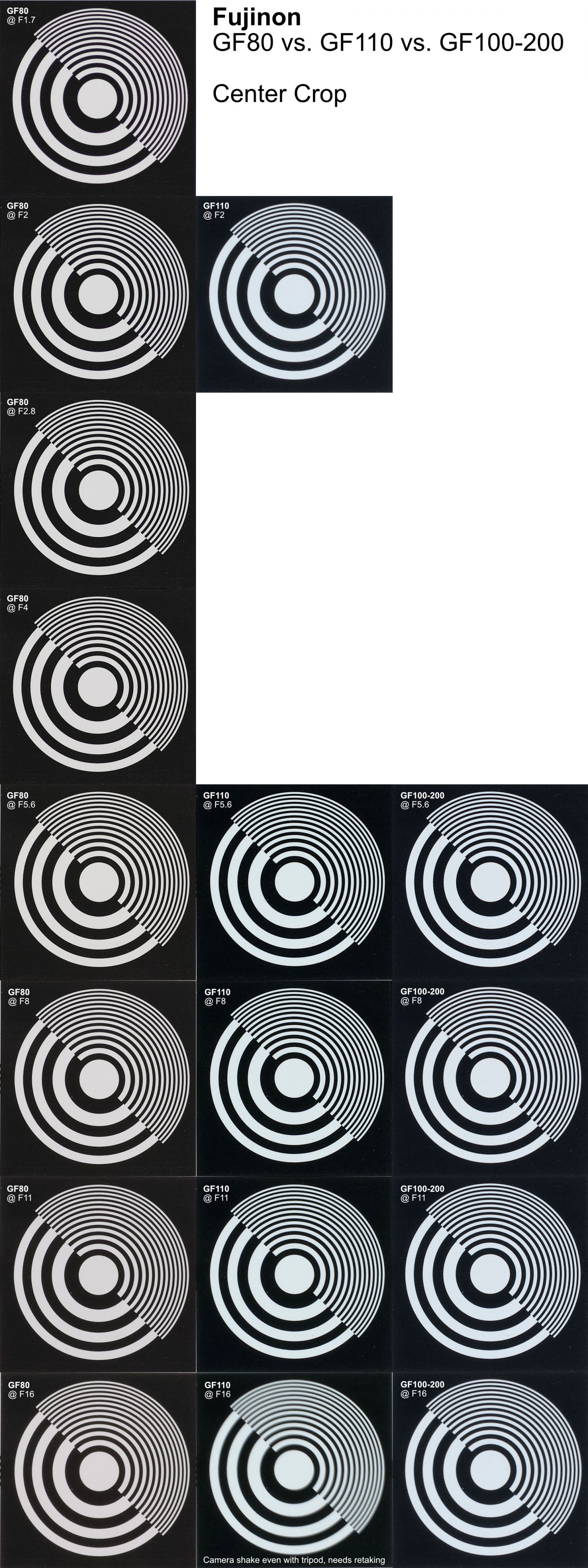

Overall, the GF80 lens has superb performance, especially when you consider its compact dimensions. Now that Fujifilm has shown that they can produce a compact and high performing wide aperture lens, I hope that this opens the door to a GF45 F1.7 and GF63 F1.7. With this lens in my arsenal, I don’t see myself taking the GF63 F2.8 out much anymore.
Distortion & Aberrations
Distortion is so low that there’s no point to show you a comparison with correction turned off. However, given how small the lens is, there had to be some compromises, and now we’ve found one; the lens has aberrations and fringing in high contrast areas from F1.7 until F2.8. It’s quite common for a fast lens to have aberrations, especially when the designers were working to minimize size and weight.
If you want a lens with no aberrations, Fujifilm would have had to produce another beast of a lens, perhaps at >1.2kg and >125MM, which would have meant a lens similar to the GF110. It would be pointless for Fujifilm to follow that strategy with so much overlap. I’m willing to work around the aberrations in a small package, rather than having a huge lens with no aberrations that gets left at home.
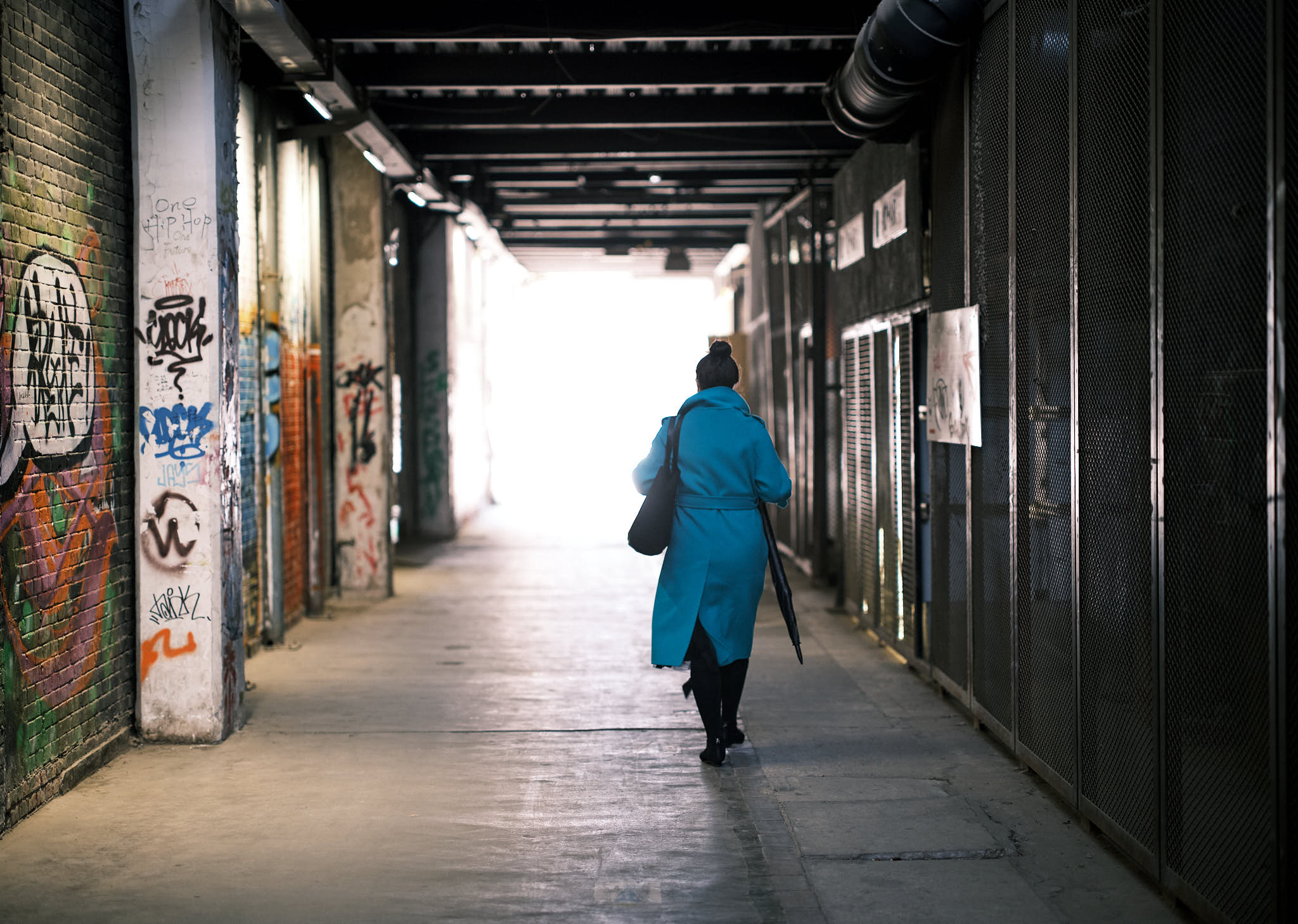
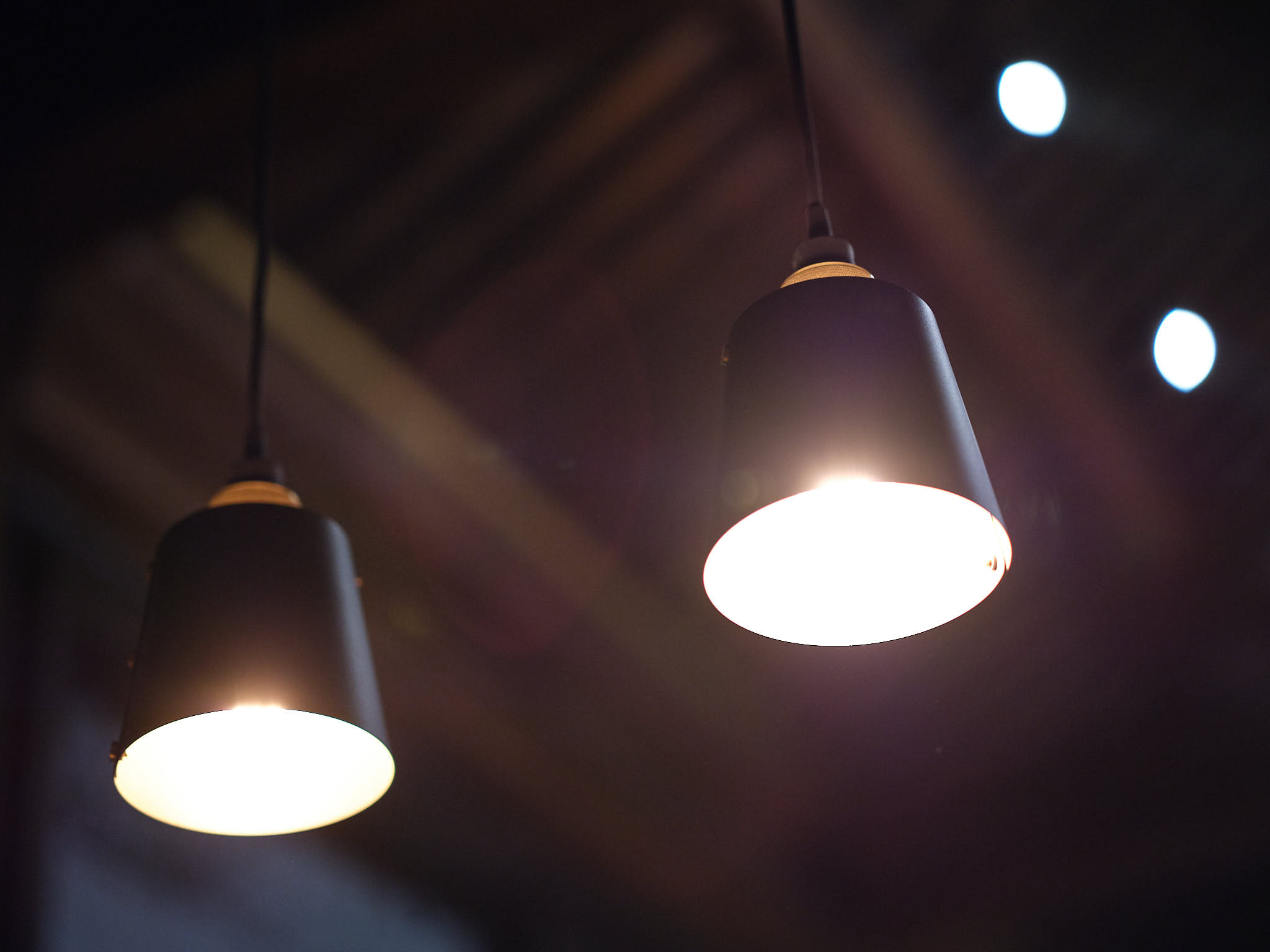
Bokeh
I’ll admit that I’m addicted to bokeh; it makes up for my lack of photography talent, and this lens certainly makes up for a lot of my deficiency! The bokeh is incredible; it’s so creamy with a vintage look to it. It reminds me of the Voigtlander 50MM F1.2 Nokton that I adore on the Leica M system. The GF80 has rendering from images I saw growing up in the 1990’s and 2000’s. It doesn’t have that hyper corrected look that so many modern lenses have. I absolutely love the way images look. It has that feel of being from a cinema lens or a vintage Leica lens.
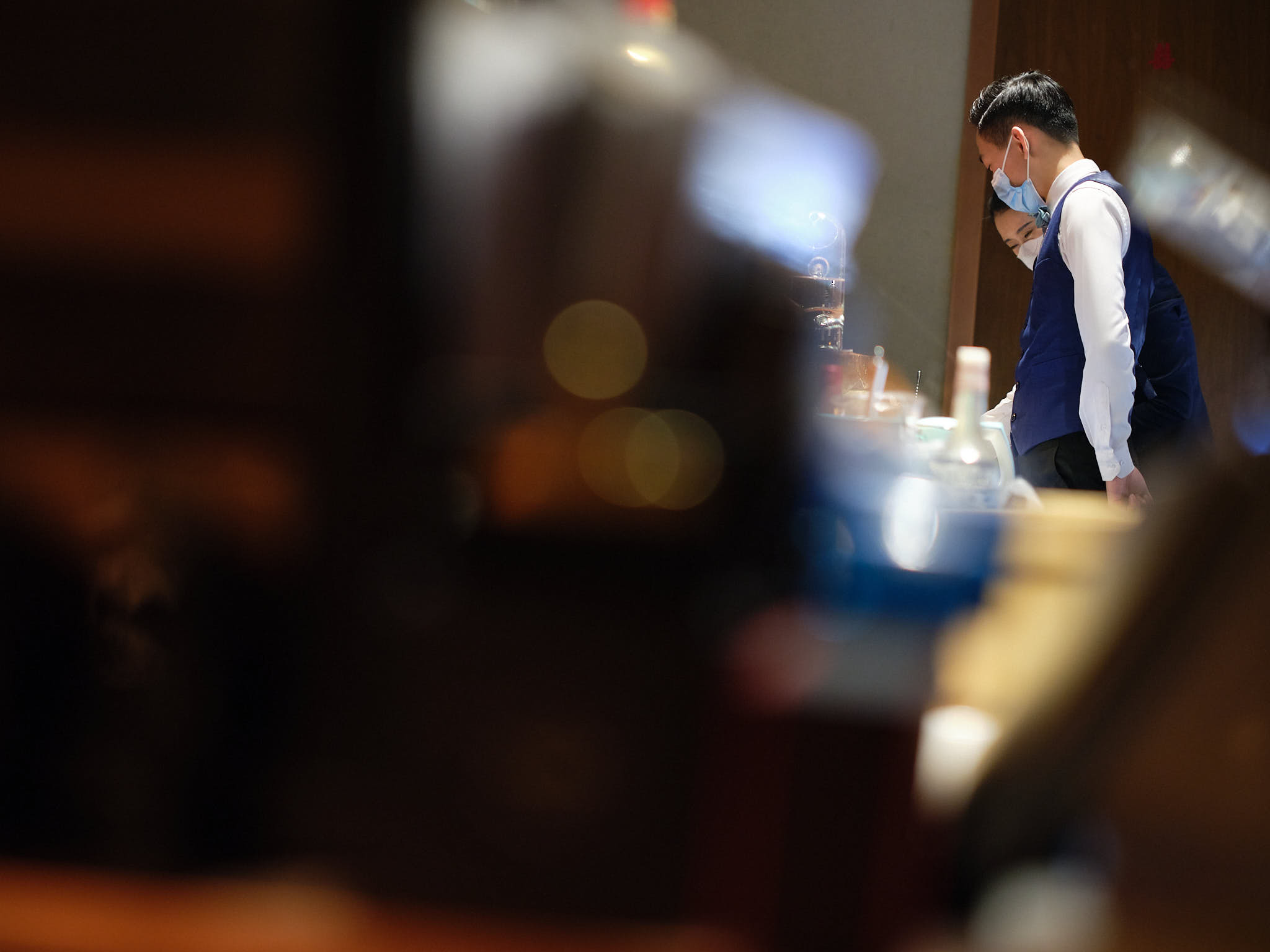

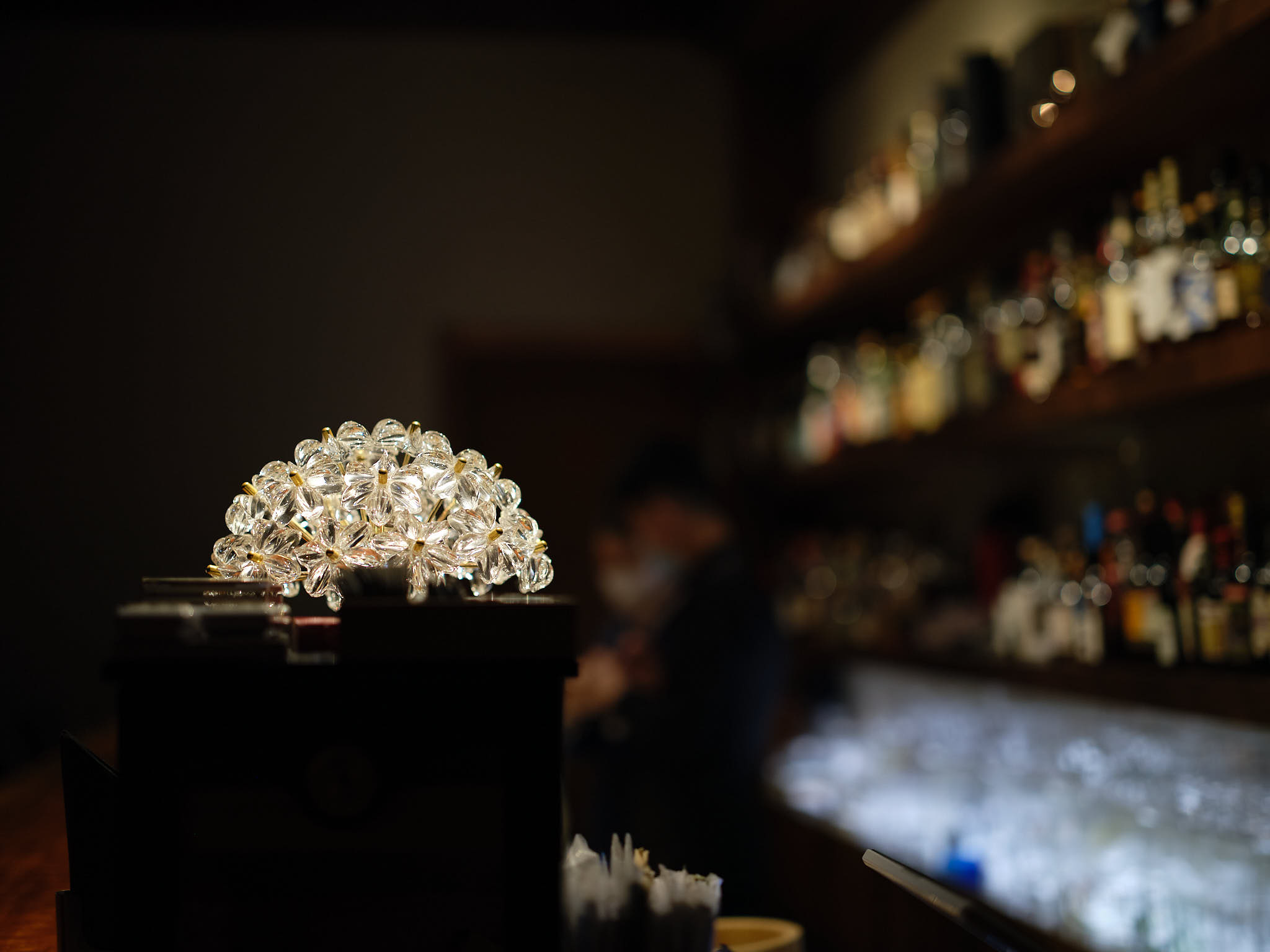


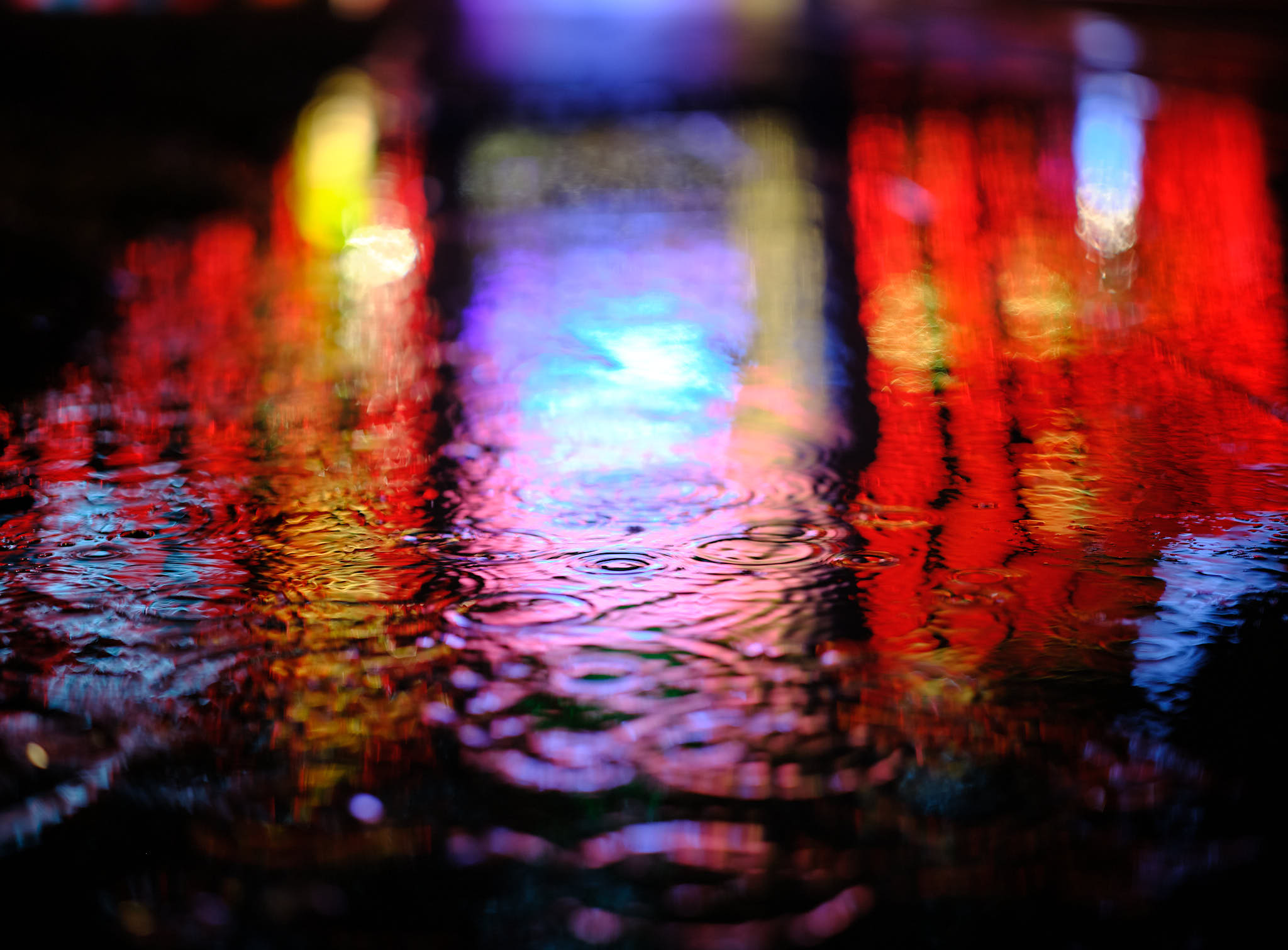
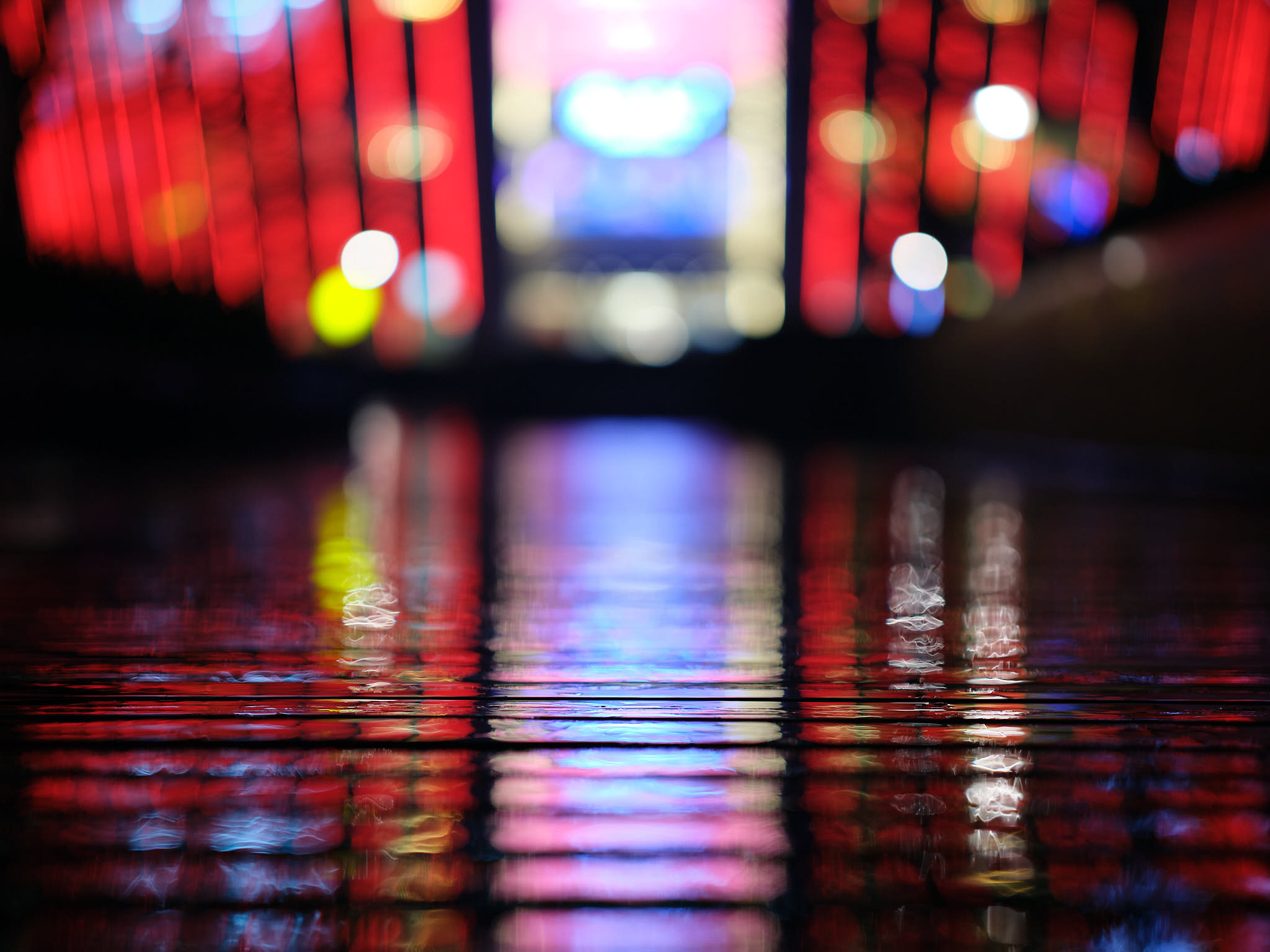
Given the small size, we’d expect there to be some cats eyes to the bokeh, and we find that it does indeed have that. This again is a tradeoff I’m willing to make for the smaller size. We’ve now seen this tradeoff in a number of modern lenses including the new Sigma, Sony and Canon wide aperture lenses. I like where the manufacturers are going with this; I’ll say it again, I’d rather accept some compromises with a small and light lens that I’m willing to take around, rather than having a perfect lens that stays in the cabinet.
Focus Performance
There have been many reports of poor focus performance with this lens. It appears to be primarily from GFX50R users, however I tried the lens on my 50R and didn’t find it to be problematic. Is the lens a speed demon like the GF50? No. Is it similar to the GF45 and GF63, which also use DC drive motors? Yes. On the 100S, I find the AF performance to be more than adequate.
Fujifilm could very well have created a super fast focusing lens, but there would have been other compromises. We’ve seen that they’re willing to make those sacrifices when it makes sense. I trust they chose a DC motor rather than the faster LM for good reasons.
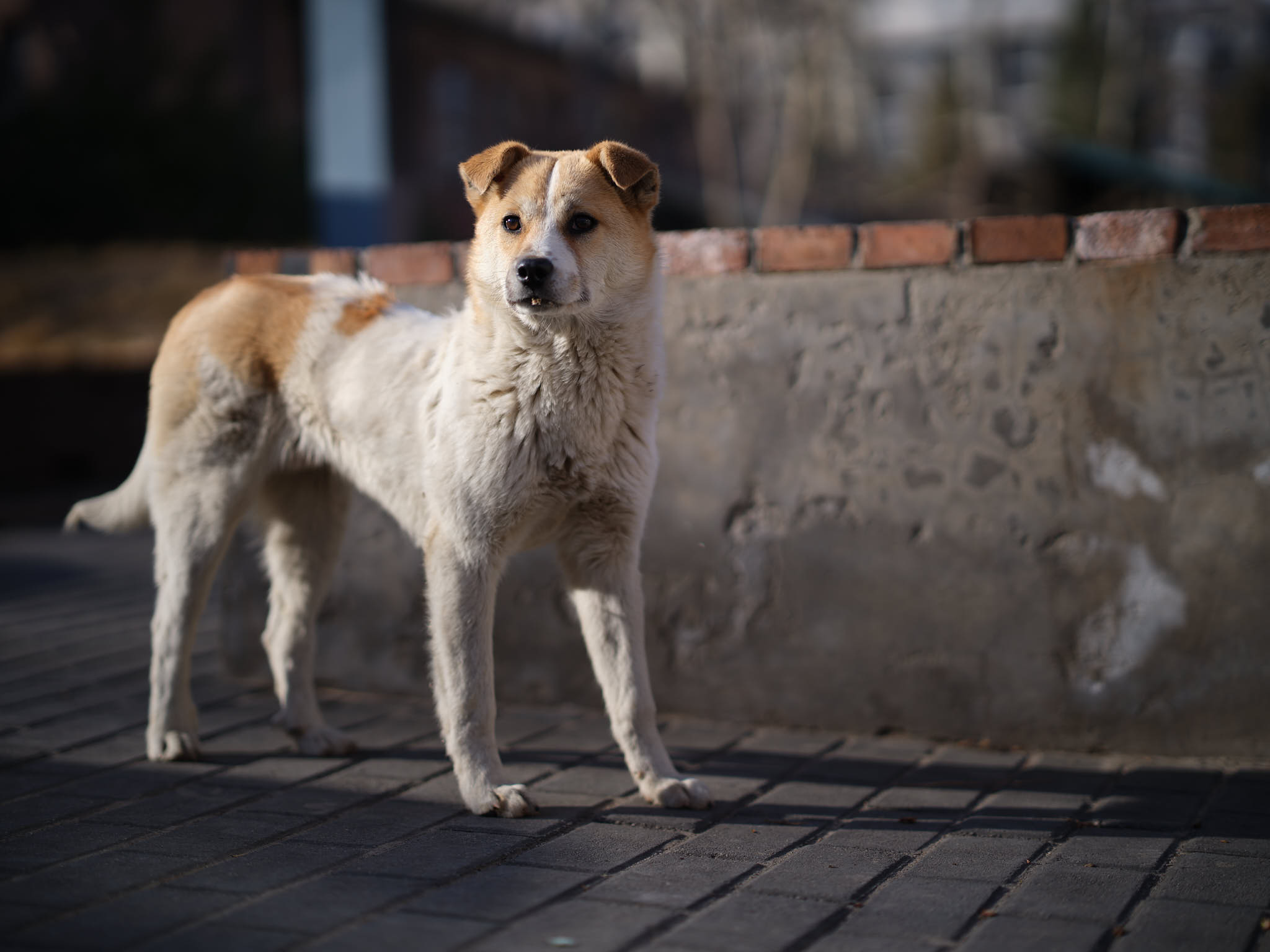
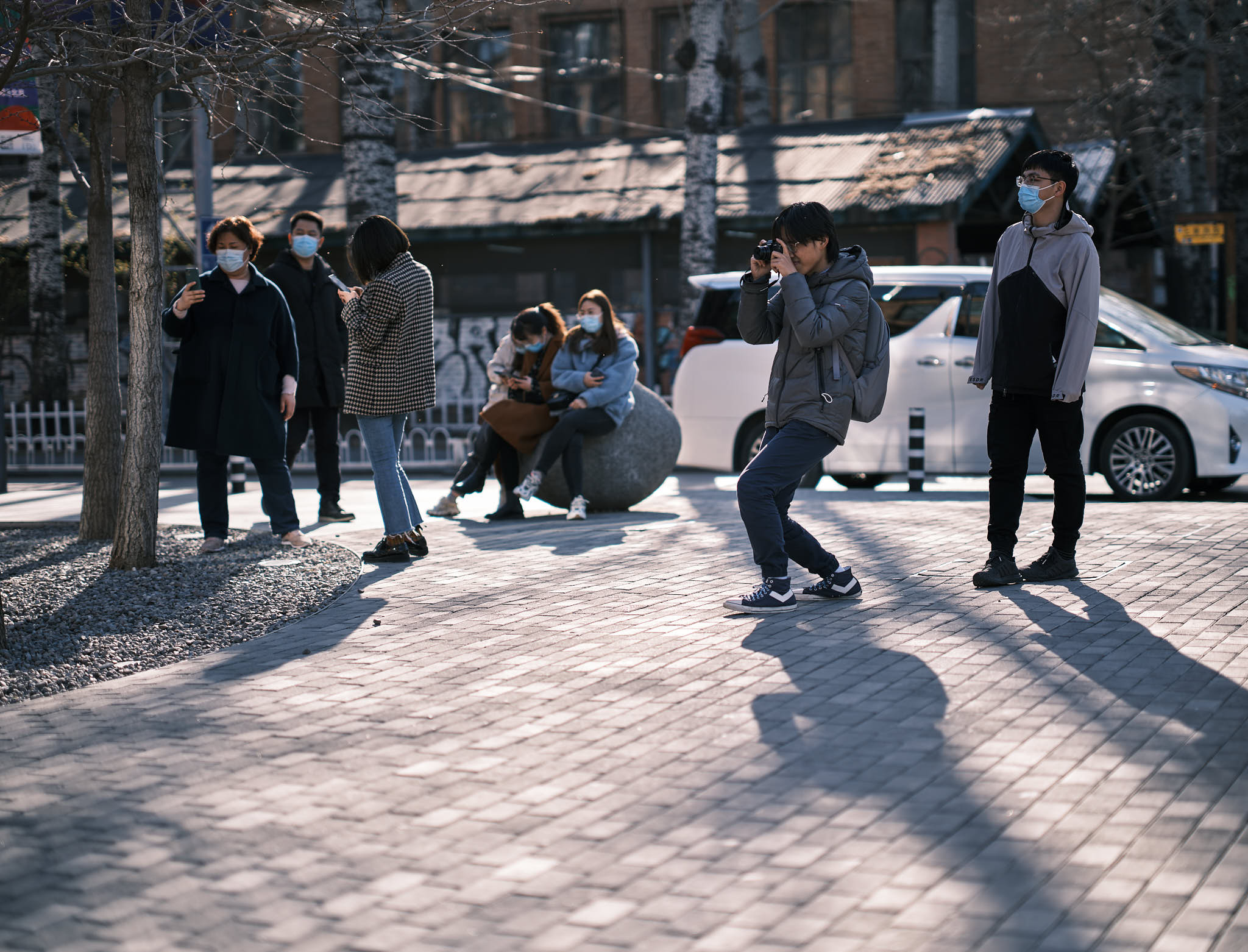
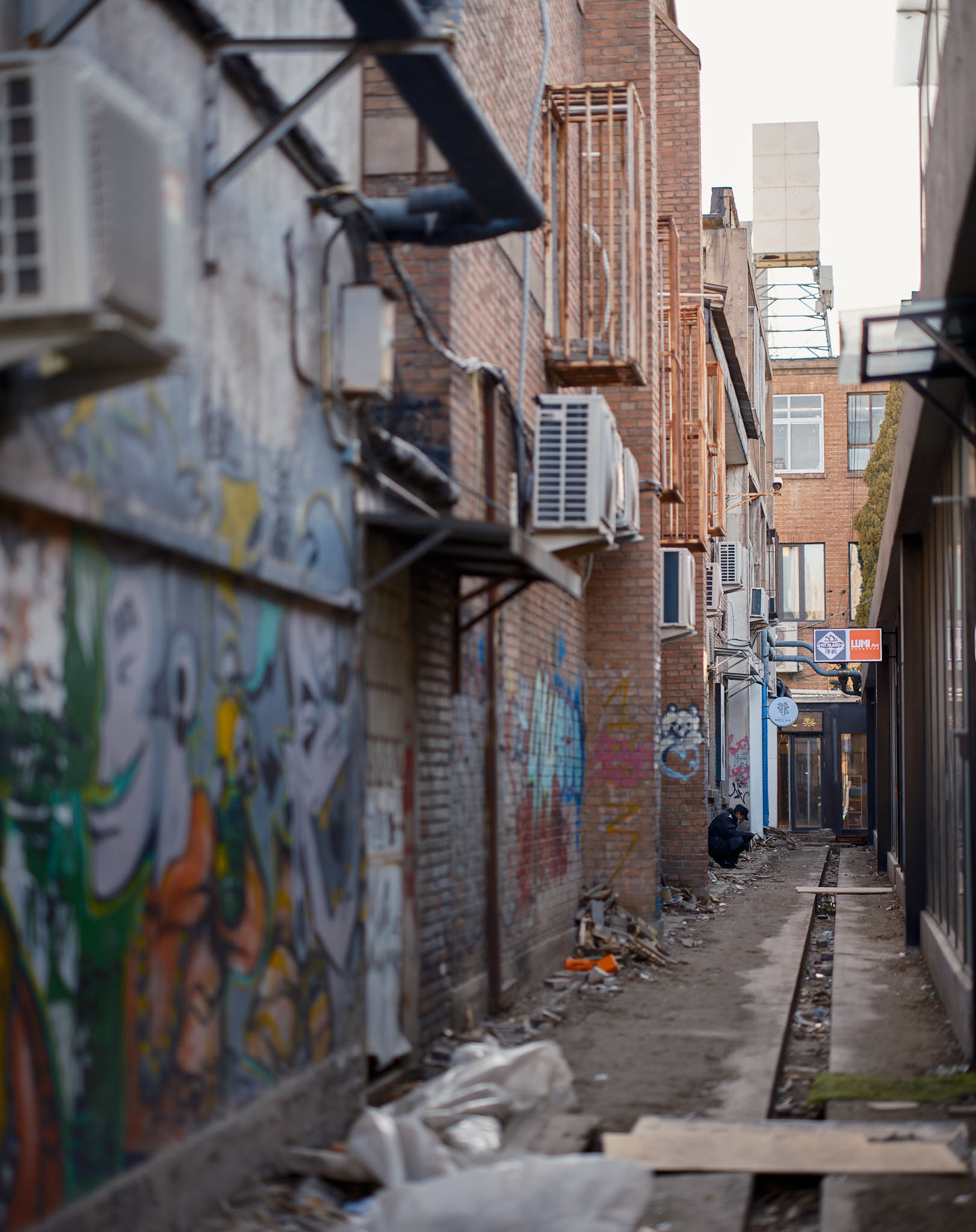
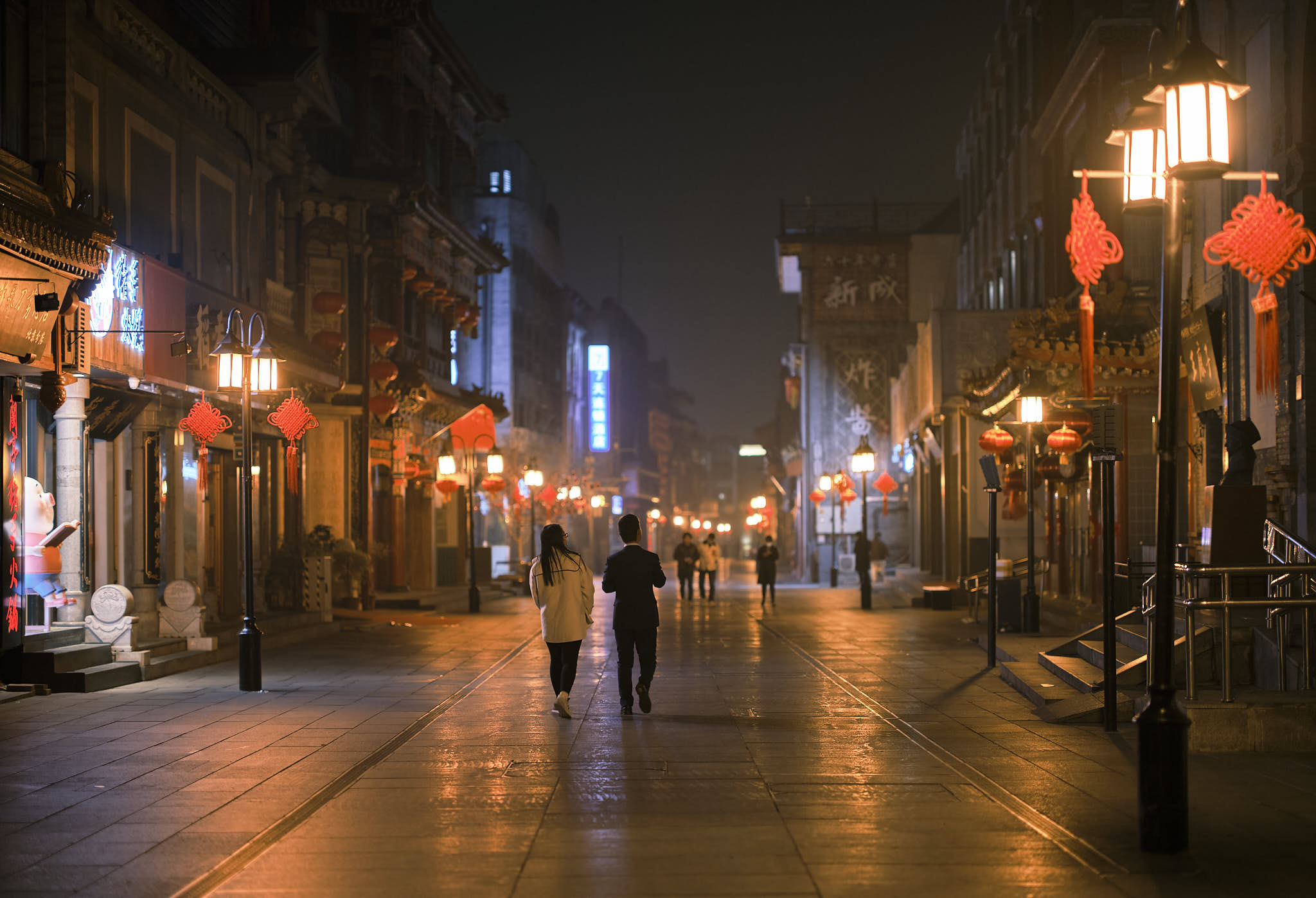
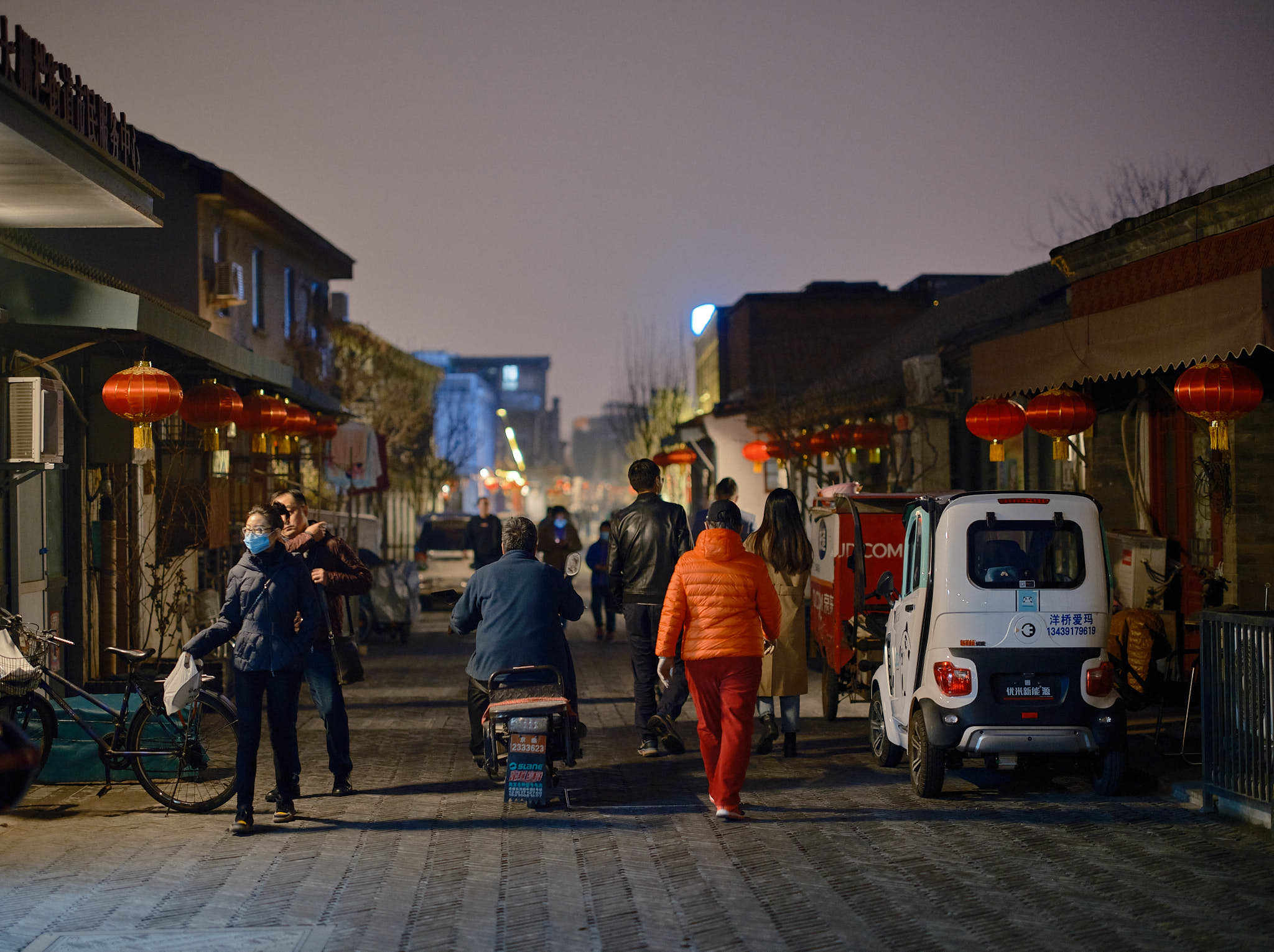

To confirm that the performance is acceptable, I did full end-to-end racking of the lens and compared it to the GF110 (known to be a fast focusing Linear Motor lens). Here are the results with the Boost AF Priority set to On (I find having to choose what to prioritize annoying and wish Fujifilm would make the camera smart enough to know what to prioritize for me):
| Lens | Average of 10 times ~MFD to ~Infinity (s) |
| GF110 | 1:02.3 |
| GF80 | 1:13.3 |
I was a bit surprised at the results because the GF110 certainly feels much faster and seems to track objects better, however in this racking test, the differences are rather small on an absolute basis. However, on a relative basis, the GF80 is almost 20% slower so the feeling of it being behind the GF110 is verified by the facts. Another factor at play which I did not test is the ability for the lens to accelerate and decelerate the focus block back and forth when acquiring focus in AF-C mode. The GF110 may be faster at that back and forth than the GF80.
Usability
Because of its diminutive size (for Medium Format), this lens is supremely usable. It has quickly become my go-to lens for when I want to capture some environmental images of the streets around Beijing. I can’t wait to take this beast travelling to exotic places. The focal length is perfect to capture people, while giving a good indication of where they are, and the atmosphere around them.


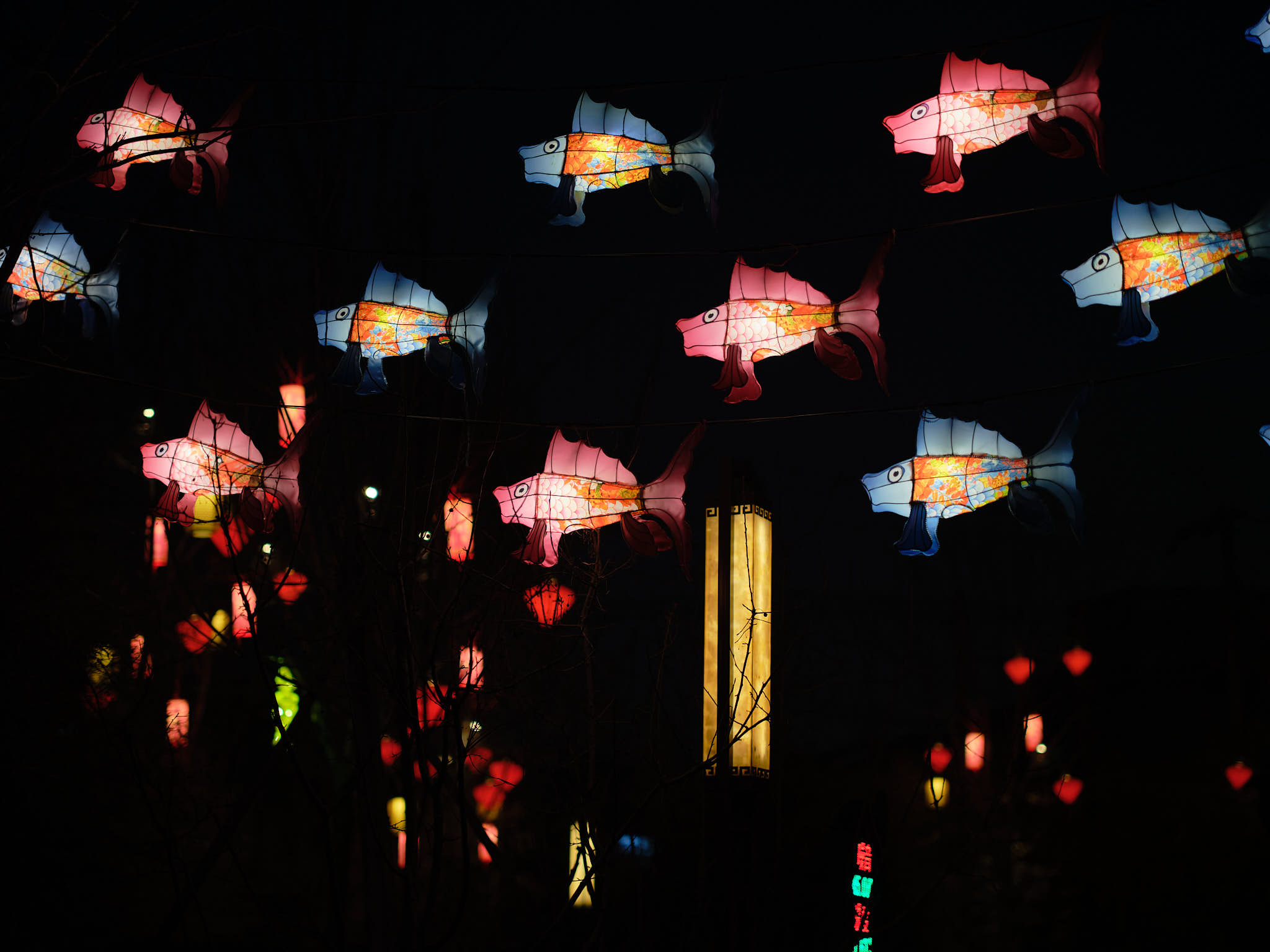
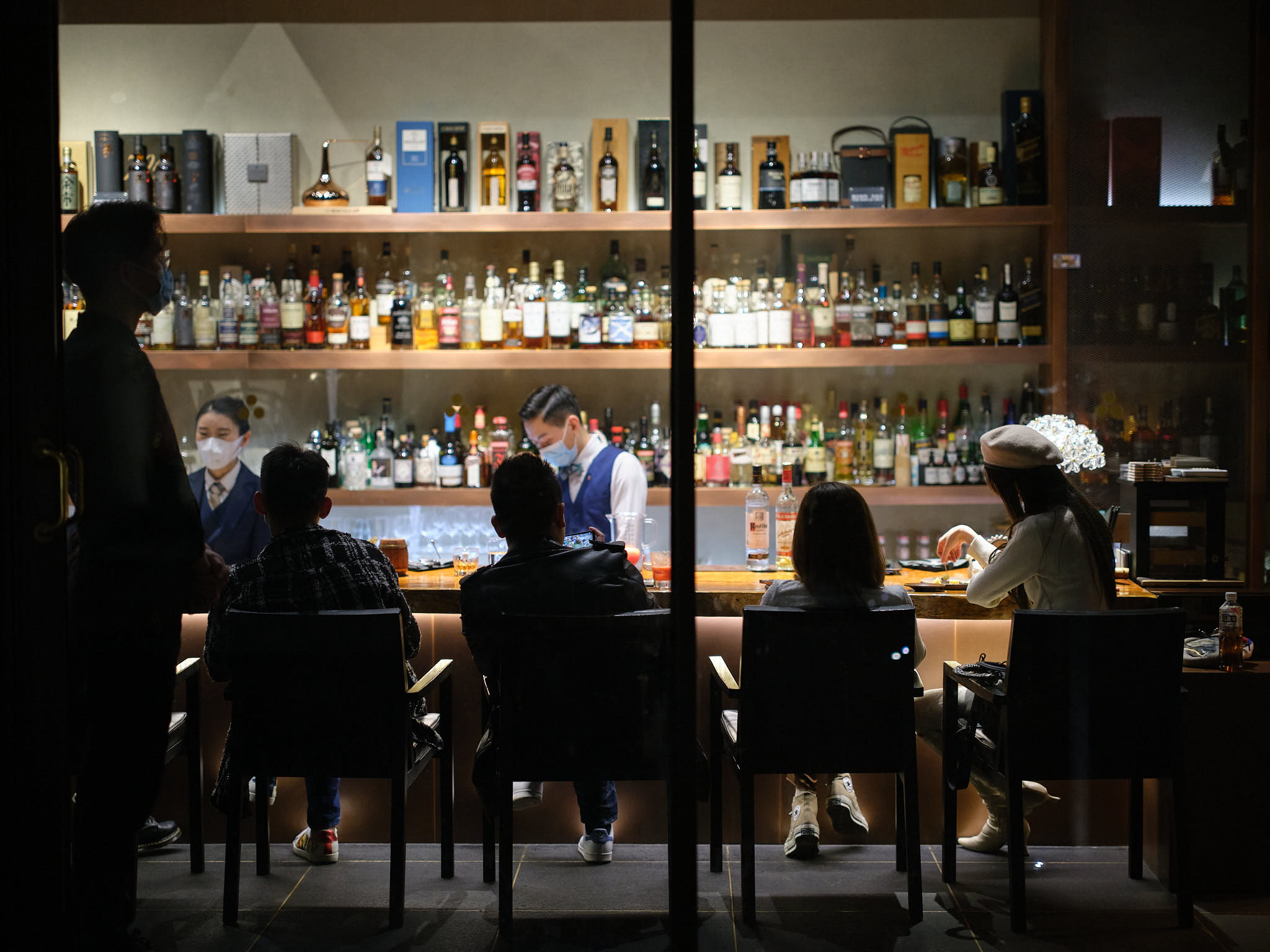
As much as I love the GF110, it spends far more time in the cabinet than it should, and that’s because it’s so big and heavy. The GF80 will not suffer the same fate. It’s already pretty much glued to the 100S since I got it, and I’ve taken it out on the street, to birthday parties, inside restaurants, and even in discrete bars. I especially love how the images turn out at night, which further adds to its versatility with its wide aperture.
Summary
We all waited a long time for this lens and Fujifilm delivered in spades. It’s small, light, sharp, and bright, and it has luscious and beautiful bokeh. It fits perfectly across the GFX lineup, including the 50R and especially the 100S. It fits nicely into a small Peak Design 6L sling with plenty of room the spare. The autofocus isn’t amazing, but it’s on par with other GF lenses, so it’s no worse than what we’ve become accustomed to.
We all waited a long time for this lens and Fujifilm delivered in spades. It’s small, light, sharp, and bright, and it has luscious and beautiful bokeh.
Most important, it’s a lens that I can see people using a lot; it’s not going to sit in the cabinet, it’s going to be on the camera a lot more than the GF110 would be. However, I don’t think this lens is a replacement for the GF110. Fujifilm has positioned them perfectly so that they complement each other rather than replace each other. I can however see the GF63 being sold now that I have the GF80. While that lens is sharp, I hate external focusing lenses and I think Fujifilm should reengineer that lens in a V2 in the near future.
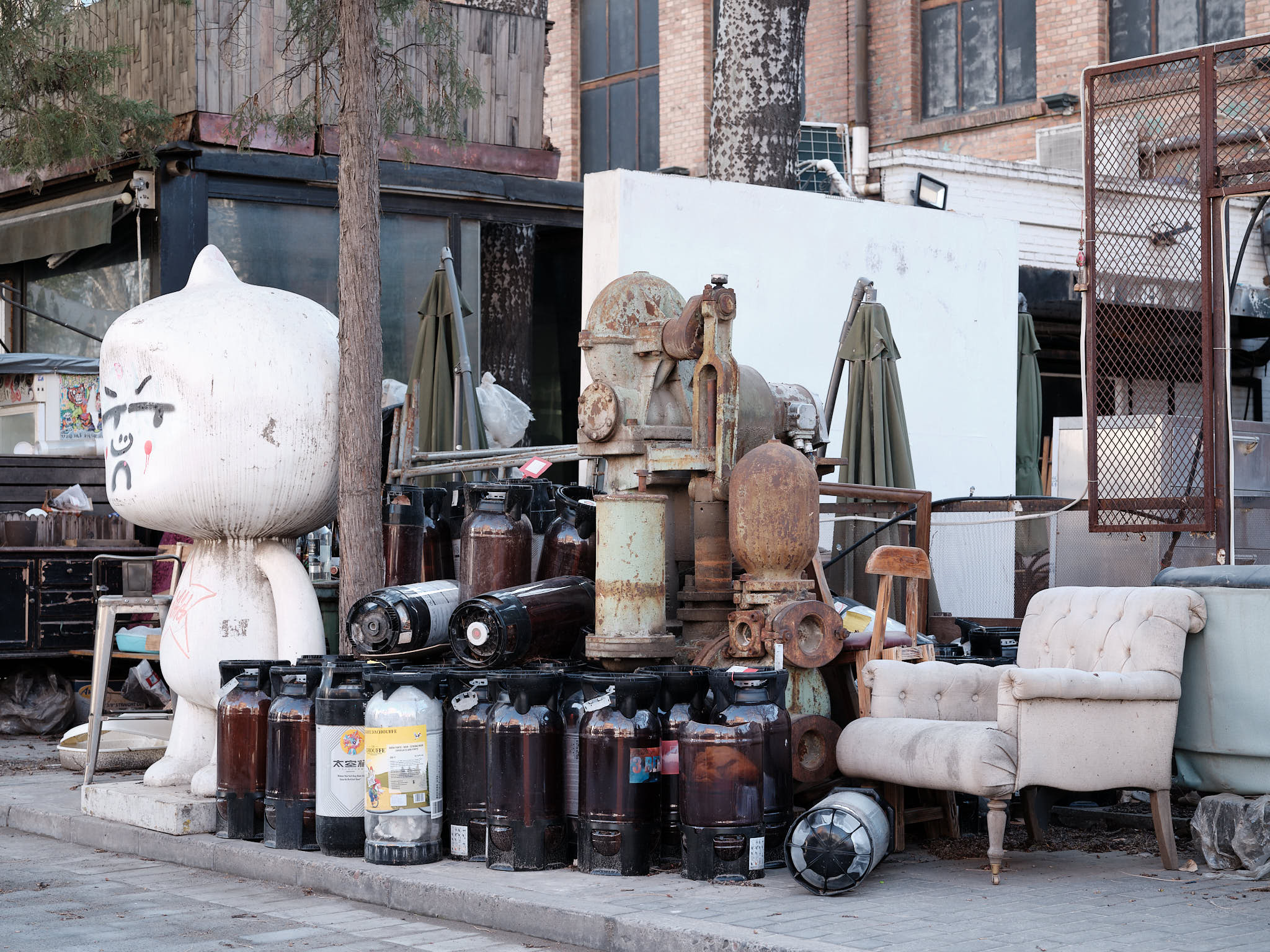

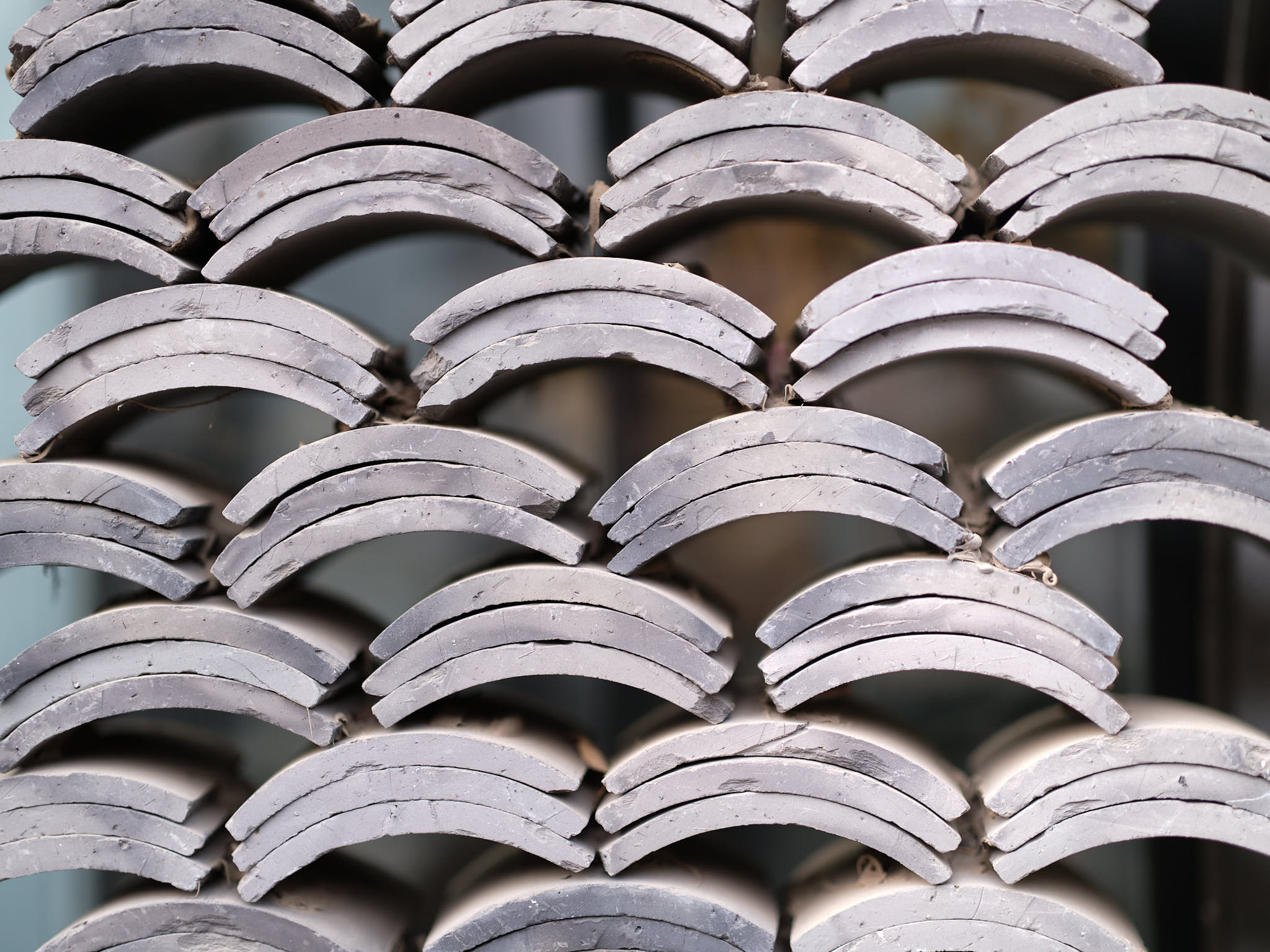

Fujifilm has another winner on its hands, and I can’t wait to see the images photographers create with this incredible lens! I’d also recommend visiting Jim Kasson’s excellent blog where he’s doing extensive testing of the GF80.
If you decide to buy this lens, let me know what you think of it in the comments below. You don’t have to register to post a comment. Please also consider subscribing to our no-spam mailing list below or on the right of the page so you’re notified of new posts.
High resolution images of the samples shown above can be found at this link (~150MB ZIP). If you enjoyed this review, please feel free to share on your favourite forum or social media.
Discover more from fcracer - Travel & Photography
Subscribe to get the latest posts sent to your email.
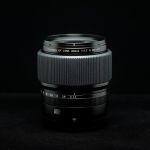
Hi Friend,
Excelent review as usual, is very nice to read your posts, full of details and nice photos!
I’m increasing the GF lens collection for my GFX100SII, as you know I have the GF55mm F1.7 which is fantastic, I also bought the GF120mm F4 instead of the GF110mm F2, as I want to test some macro with GFX System and also to digitalize some old films.
Having those 2 lenses, do you recommend me to buy the GF80mm F1.7 anyway? I found a good offer for a used one (about 1.050€) but don’t know if I will really use it, because I think I can do portraits with both 55 and also 120, what do you think?
Is autofocus a bit better in the new GFX100SII?
Thanks,
Alex
Hi Alex, thanks for the kind words, I appreciate it. I rarely use the GF80 now that I have the GF55. I can always crop into the GF55 and the autofocus is much faster 🙂 The GF80 autofocus is noticeably more confident on the newer bodies, but it’s still a slow focusing lens. You can feel and hear it racking back and forth, much more so than the GF55. The most annoying part is when you turn the camera off or on and it racks back and forth each time.
There’s a magic to the images from the GF80 so it’s a beautiful rendering lens with smooth background blur, however you already have something similar in the GF55. Buying lenses second hand is a great idea because you can try it out for an extended period of time and then sell it if it doesn’t suit you for little to no loss. As long as money is not an issue, I bet you’ll end up keeping the lens, even if does have some overlap with the GF55.
I tried this lens and found the slow, noisy autofocus to be a deal breaker. So, I wonder what you consider to be good reason the use DC, rather than LM autofocus?
Hi Karsten, thanks for writing in. I’m not experienced in lens design, so these are my assumptions. I encourage any readers who are knowledgable to feel free to jump in.
I think Fujifilm went with DC rather than LM due to size and weight targets. The 80MM and 110MM focal lengths are not that different and so I assume if Fujifilm had decided to use an LM motor on the 87MM, the size and weight would be similar to the 110MM.
With a larger aperture on the 87MM at F1.7, it perhaps would have ended up even heavier than the 110MM. While I absolutely love my 110MM (it’s the lens that makes the system for me, along with the 45MM), I use the 80MM much, much more due to its smaller size and weight.
Therefore, I think Fujifilm made the right tradeoffs in creating a lens that’s different enough to make the two lenses must haves for GFX owners 🙂
Thanks again! Will double check it as I also want the GF23 or the GF20-35, I think I will use those much more than GF80 right now. This is never ending hole jajaja…
While testing the 80/1.7 on the GFX 100S , it was clear to me that AF-C did not work reliably wide open!With the 110/2 no problem at all.
Hi Gunther, the GF110 definitely has a much faster ability to move back and forth, which is critical for C-AF focusing. I’ve had some luck with the GF110 using tracking focus, but I wish the subject tracking box could be made smaller. I’d love that for tracking my dogs’ eyes for example. The temporary fix is to use a small enough aperture that the whole subject is in focus, then the box can be placed anywhere on the subject and should come out sharp; in that way, the system works very well.
Hey, thanks for the nice review. While I am much interested in this gifted lens for BOTH videography and photography and I could choose the GFX system only for this lens (and the GF 50 mm as well, which unfortunately is veeery slow in aperture), a handicaped AF is a deal breaker for such an expensive lens and system for me. As you said “the autofocus isn’t amazing, but it’s on par with other GF lenses, so it’s no worse than what we’ve become accustomed to”. Really Fujifilm? Unless you manufacture products only for elit people who have enough money to spend whithout caring what they buy, I am not going to sell my house in order to buy a crippled system of camera body/slow aperture and slow AF lenses. I am not willing at all to be accustomed to any system that cannot deliver a trustworthy AF in BOTH modes (video/photo), and Fujifilm is not helping us to choose their nice systems (G-mount, X-mount) by not using SOLELY dual Linear Motors at least in their expensive and critical, regarding focal length, (if not in all of their) lenses. I do not understand the criteria Fujifilm product planning team has put and chooses the obsolete step motors in such beautiful lenses, thus crippling them, but, unless they reengineer most of their lenses in a V2 in the near future, I do not intend to invest in such crippled lenses of both their systems. Is there any point in not using SOLELY (dual) Linear motors in their expensive lenses from now on, thus providing credible AF you can rely on?
Hi Theo, I don’t know where to start or finish in this reply. Maybe I can keep it brief. You need to buy the right tool for the job. If video is very important for you, the 100S is excellent for a Medium Format camera, but it’s not a specialized video camera or targeted at video users, like a Panasonic GH or S series, or the Sony A7S series.
I’m not a lens engineer, but I do know that Fujfilm has been making exceptional lenses for a long time, for themselves, and for other top-tier companies. I’m sure they had many discussions on what motor to use and chose them for specific reasons (likely size, weight and cost constraints).
I’ll give an example where I think they made a good trade-off. They could have given the GF80 linear motors, but it would have made the lens larger. What would be the point of an 80MM version of the 110MM? By keeping it small, it has become my favourite walk around lens, and has meant I’ve kept the 110MM as well.
Seems Fujifilm knows what they’re doing and are making good decisions along the way.